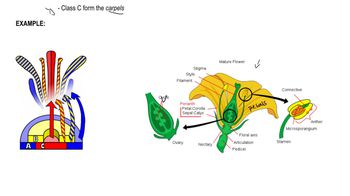Here are the essential concepts you must grasp in order to answer the question correctly.
Hox Genes
Hox genes are a group of related genes that determine the body plan and the identity of segments in an embryo. They play a crucial role in the development of the anterior-posterior axis and are responsible for the proper formation of structures such as limbs and organs. Mutations in these genes can lead to significant developmental abnormalities, often resulting in embryo lethality.
Recommended video:
Loss-of-Function vs. Gain-of-Function Mutations
Loss-of-function mutations result in the complete or partial inactivation of a gene, which can disrupt essential developmental processes, leading to embryo lethality. In contrast, gain-of-function mutations enhance or alter the gene's activity, which may not be detrimental and can sometimes even confer advantageous traits, allowing the organism to survive and develop normally.
Recommended video:
Recessive Alleles and Homozygosity
Recessive alleles require two copies to express a phenotype, meaning that flies homozygous for recessive loss-of-function alleles may still be viable if they possess a functional copy of the gene from another source or if the specific loss-of-function mutation does not completely eliminate the gene's activity. This can allow for normal development despite the presence of mutations.
Recommended video:
New Alleles and Migration
 Verified step by step guidance
Verified step by step guidance Verified video answer for a similar problem:
Verified video answer for a similar problem:

